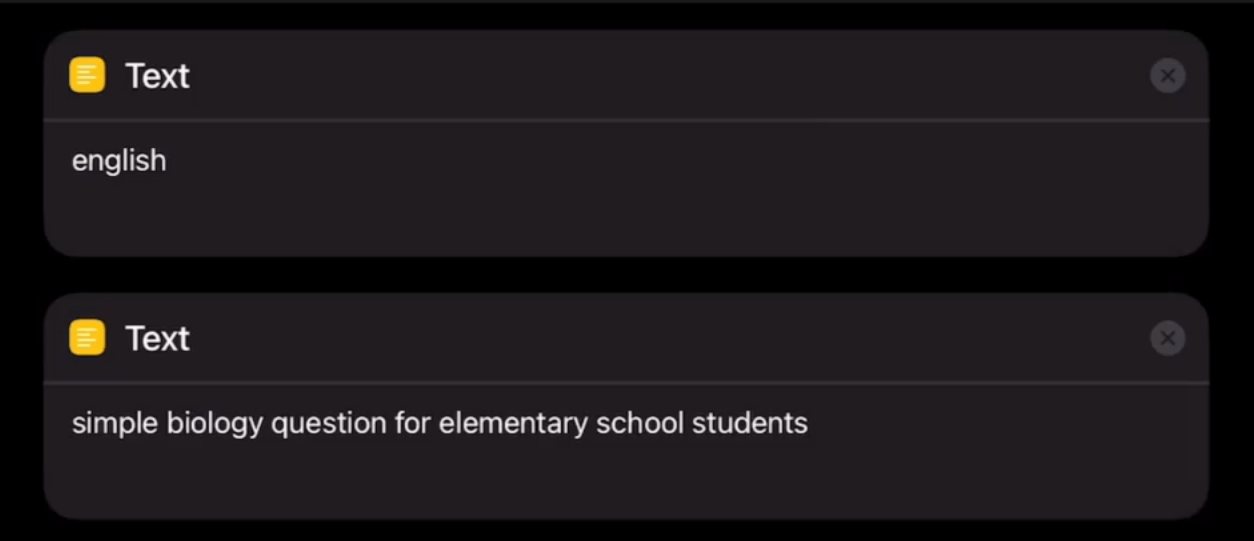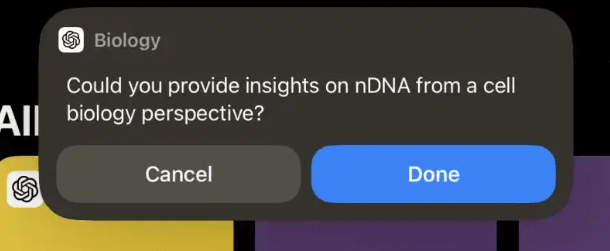Intelligent Learning: The Phone as a Teacher
Choose AI Tools, Break the Learning Rules
Ever thought the gadget in your pocket could be your next big teacher? Welcome to the future of education, where Apple Shortcut is flipping the script. Today, almost every household has at least one smartphone, of which many people prefer Apple devices. In this article, I‘m going to introduce you to a lesser known, yet extremely useful feature: the Think of Apple Shortcut as your Swiss Army knife for educational hacks – there's an app, or should we say, a shortcut, for just about everything. It simplifies complex tasks into a tap or a voice command, making learning not just fun but super-efficient!!
In the following example I will demonstrate a use of Ai that can be particularly useful in the field of education.
Imagine your phone transforms into a personalized teacher and examiner, not only asking questions but also evaluating the student's performance, even in the form of grades (1-5). The system analyses the student's answer and supplements the information if necessary. Since the application is based on artificial intelligence, it does not require pre-prepared teaching materials and is capable of asking questions appropriate to the student's level.
The following video shows a live demonstration of our system. It shows a case where a primary school student acquires knowledge of the living world.
The student can dictate the answers in English, and after evaluation, the system records the data in a database (log file), for tracking the student's progress.
Another video shows how simply such a command sequence can be created.
The method can be adapted to various languages and subjects, as shown in the video. With a single line of text modification, the system will operate according to the new requirements.

The image above shows how to program the application to ask questions appropriate for a specific age group. In the first text field, we can specify the operating language of the robot making the questions, and in the second field, we can provide detailed instructions on the theme and difficulty level of testing the knowledge – in our example, the biological knowledge of a 10-year-old child is assessed. Thanks to the flexibility of AI technology, it's not necessary to translate every piece of the text; the machine intelligence understands mixed-language instructions. If we want to change the subject of the knowledge test, modifying a single line of text will be enough for the system to process a new set of questions.

Let's look at the question:

I hope this article will inspire teachers, parents, and students to use their smartphones as innovative learning tools.
Don't wait any longer to take your first step into future learning. With Apple Shortcut, your study material becomes not just more accessible, but way more engaging. Step into a new dimension of knowledge!
Dr. József Lengyel